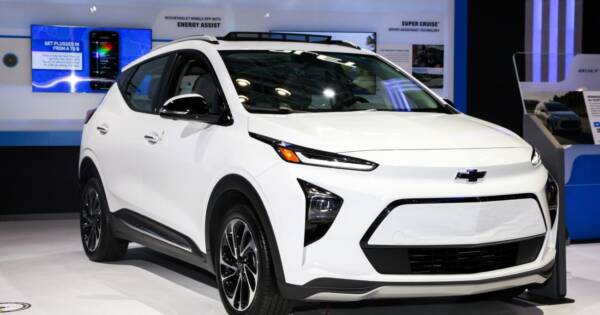The nights are chilly and the days are sprinkled with snow. You’re bundled up and staying warm–but is your car as protected as you? Winter has arrived, and it’s time to prepare your vehicle for the icy months ahead. The season’s freezing temperatures can put extra amount of stress on your ride, wearing it down in potentially damaging ways. From salt on the road to freezing temperatures to inches of slush and snow, all types of winter weather can cause big problems.
Prepping your car for the winter saves money and keeps you safe. Take the right precautions, and you won’t have to worry about slipping and sliding in snowy weather, struggling with traction, or finding yourself in a dangerous driving situation.
Here’s what you need to do to your car right now to get ahead of winter’s worst weather.
1. Switch Out Your Oil
During the summer, using thicker motor oil helps protect the engine from extreme heat. However, when the thermometer begins to dip towards freezing, it’s time for something new.
When winter arrives, you should switch to a thinner grade of oil. This special variety, called winter-grade oil, enables your engine to fire up quicker on cold mornings. It also alleviates unnecessary strain on your car’s battery.
2. Build a Winter Emergency Kit
Every driver should carry an emergency kit for breakdowns and sudden crises on the road–but when temperatures drop and the weather shifts to winter, your emergency kit needs a few new items.
Prepare for the possibility of being stranded in the blistering cold. Add a few bottles of water and some non-perishable foods to your car’s kit, as well as an insulated blanket to help prevent frostbite. Other essentials you should include are a flashlight, a snow shovel, a first-aid kit, and road flares. No matter what happens, you’ll be able to stay warm and safe.
3. Switch to Winter Tires
Contrary to popular belief, all-season tires are not actually engineered to handle freezing conditions. They’re made from a different type of rubber compound, which is only suitable for temperatures above 45 degrees Fahrenheit.
Winter tires, however, are specially engineered to handle freezing cold temperatures–and they feature deeper tread. When driving through slush and ice, that special winter tire tread will help you maintain better traction. You can switch back to your regular tires during the spring.
4. Test Your Battery
During winter, your car battery is one of the most important components to consider. Check its condition before the coldest months of the year arrive. If your battery doesn’t have enough life left, you can expect to experience difficulty getting your car started when temperatures drop below freezing. Cold weather can also cause the battery casing to crack, leaving you with bigger problems.
Prepare for the worst, and have a professional check out your battery. You can replace it ahead of time if it’s on its last leg, or you can confidently avoid disaster all winter.
5. Check Your Antifreeze
Antifreeze, also referred to as engine coolant, is important throughout the year. Coolant helps prevent the engine from overheating during the summer, and it prevents it from freezing on extremely cold days. Make sure that the coolant level remains full at all times. If there isn’t enough antifreeze inside the engine, vehicle performance will suffer greatly.
Never make the mistake of filling your coolant reservoir with 100% water. Ideally, the coolant should be a 50/50 mixture of propylene glycol and distilled water–an all-water reservoir will freeze, leaving you with expensive repairs.
5. Keep Your Fuel Tank at Least Half-Full
Try to avoid driving with a near-empty gas tank during the winter. This can allow condensation to gradually build up within the tank, and too much condensation may freeze your fuel lines. Your safest bet is refueling when the gas needle reaches the halfway mark.
6. Wax the Exterior
The combination of salt on the roads and built-up ice, snow, and other wintry dirt can do damage to your car’s paint job. Give your vehicle’s exterior an additional layer of protection with a good waxing while temperatures are still bearable. Or, take your car to a local car wash and have professionals do one. You don’t want Mother Nature to ruin your vehicle’s paint job.
What if Winter Wreaks Havoc?
If you’ve done your best to protect your car, you’re ready for winter’s worst weather. Forget to prep your car, or realizing you missed an important step or two? You can still get your vehicle ready for freezing temperatures if you follow these tips now.
Want to know more about keeping your car in its best condition for winter? You can do some research online to discover what’s recommended for those in the snowiest regions. Winterizing your car can keep you safe–you just need to make certain you’re taking the right precautions.


